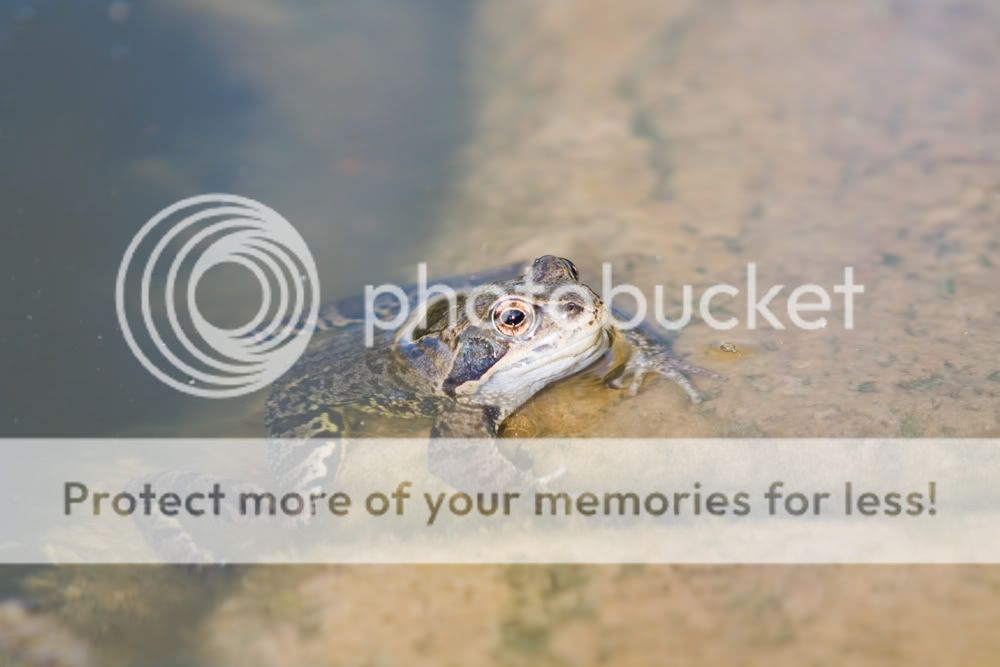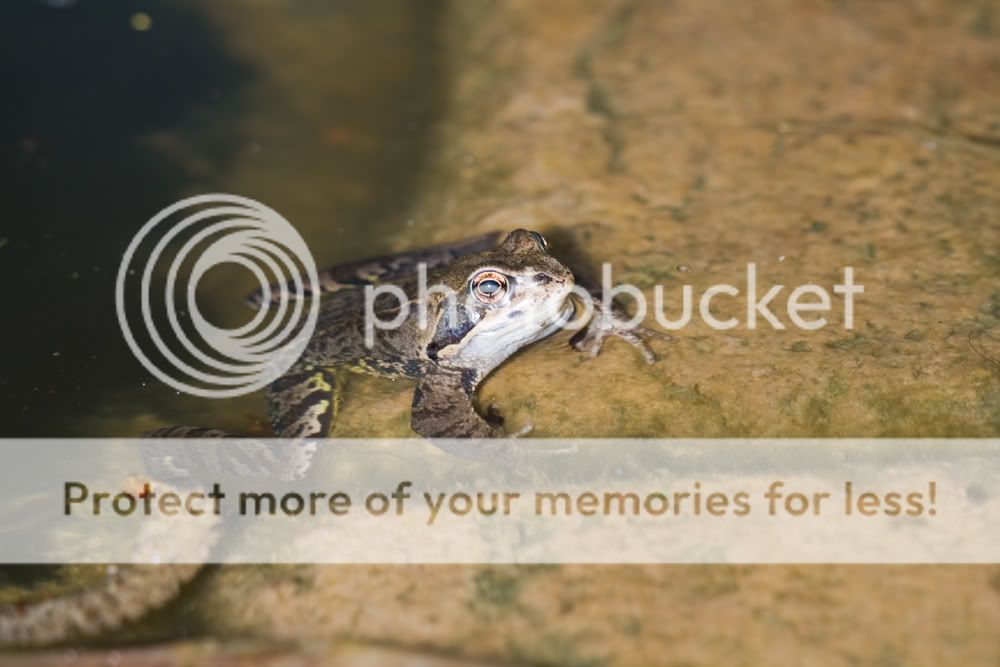MY views on filters and landscape work - note that for all these are am refering to highquality (not always highprice but often is the case) filters and not cheap ones
Circular polarizers:
About the only filter that you simply cannot reproduce using editing or by shooting in different lighting conditions - the abilty to polarize the light as it enters the camera allows you to capture different content to work with. This cannot be edited in since the camera would never capture the data for the editing software to unlock (even in RAW mode). Furthermore revoming things like reflections in glass and water might be possible, but you are looking at long hours and lots of find detail work to get the effect to look right
An example of using a Circular polarizer
Without:
With
You can also use one (with the sun to the left or right of you for maximum effect) to get a nice blue sky in a shot during the brighter parts of the day. There is even a nifty trick you can do with wide angle lenses and polarizers when shooting a portrait orientation shot.
Polarizers can also be used instead of a neutral density filter or in addition to them as they stop around one/two (I forget which) stops of light entering the camera.
Neutral Density (ND) filters;
These stop light entering the camera and come in a varity of powers depending upon how much light you want to stop. They are good for allowing you to expose a bright scene without having to rely upon closing down your aperture and/or using faster shutter speeds. As said above want a nice blurry waterfall? ND filter is a great option to reduce the light coming - thus letting you use a nice long shutter speed.
You might say why not just stop down the lens more - well to that you have to remember that after around f13/16 you will get noticably softer shots from most lenses due to diffraction so there is already one limitation.
Again this is something editing software can't recreate
Neutral Density Graduated filters - (NDGrad)
These are like ND filters, but instead of stopping the light over the whole scene, instead they block it only over part of the scene, graduating at the midpoint. These are the only filters that you cannot really use as screwin types and instead it is advised that you use a square filter with a filter holder (eg cokin). This is because screwin filters will always have the point of graduation at the middle - which seriously limits composition - whilst with a filter holder and square filter you can slide the filter up and down to set the point where you want it.
These filters can somewhat be reproduced in editing by using HDR (proper multi shot HDR - not single shot RAW tonemapping (fake HDR)) however again there are limits - such as if you have moving elements in the shot or if you have very long exposures that will cause differences between each frame.















